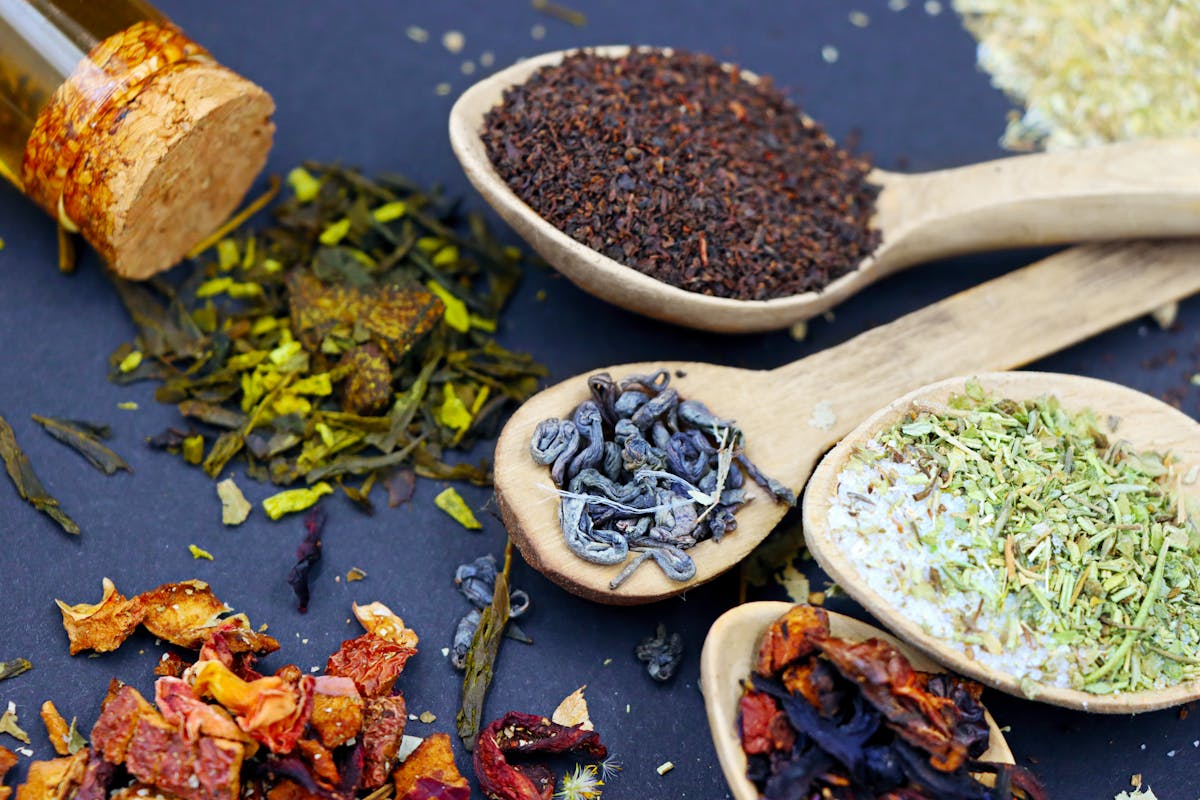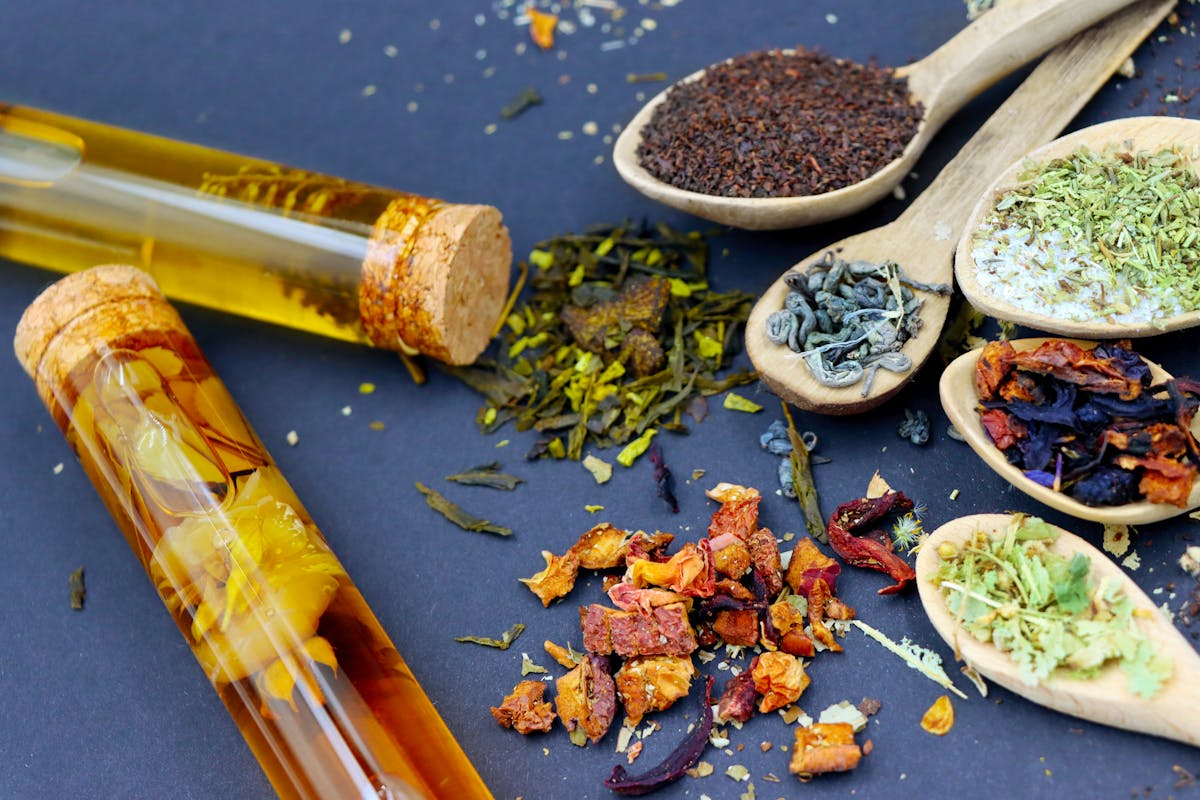Gluten consists of a blend of storage proteins, specifically prolamins and glutelins, which occur naturally in wheat and similar cereals like barley and rye. This protein combination imparts elasticity to dough and a characteristic chewiness to bread, connecting scientific principles with culinary practices. The absence of gluten would likely result in many beloved baked items losing their typical structure and appeal.
Gluten’s Makeup
Gluten primarily consists of two principal protein categories: glutenin and gliadin. Glutenin is responsible for the dough’s elasticity, a crucial factor for retaining gases during the fermentation process, which enables bread to rise correctly. Conversely, gliadin offers extensibility, facilitating the dough’s ability to stretch and expand. The delicate equilibrium and interplay between these proteins are what give gluten its distinctive characteristics. This synergistic relationship is what converts basic components into a wide array of textures and shapes.
Where Can Gluten Be Located?
Gluten is omnipresent in various food products beyond bread and pasta. It can be found in cereals, baked goods, and many processed foods. Surprisingly, gluten’s application extends beyond food. It appears in unexpected places including cosmetics, hair products, and medications, where it often acts as a binder or filler.
For those active in international culinary arenas, it’s crucial to understand that gluten can also appear under different forms and names. Ingredients like “hydrolyzed wheat protein” or “malt” might not explicitly mention gluten but are derivatives of gluten-containing grains.
The Role of Gluten in Culinary Practices
In the culinary art of baking, gluten is highly regarded as the fundamental element for crafting dough. Its distinct composition enables bakers to work the dough, fostering robust gluten formations that capture carbon dioxide throughout the fermentation process. This action yields bread that is both airy and light. For pastries and cakes, a meticulously managed equilibrium of gluten formation is crucial to attain the intended consistency.
Chefs and restaurant owners need to be skilled in handling gluten’s characteristics to produce exceptional dishes. Knowing precisely when to encourage gluten development and when to prevent its formation is a refined culinary talent, crucial for preparing a wide range of items, from delicate baked goods to hearty loaves.
Health Implications and Dietary Considerations
While gluten is beneficial for culinary purposes, it can be problematic for certain individuals. Those with celiac disease, an autoimmune disorder, experience a severe reaction to gluten that damages the small intestine. Moreover, some people have non-celiac gluten sensitivity, experiencing symptoms without the intestinal damage indicative of celiac disease.
Gluten sensitivity has spurred a significant increase in the array of gluten-free items, serving both health requirements and personal preferences. The worldwide market for gluten-free edibles has seen substantial growth, with forecasts indicating it will hit $7.6 billion by 2027, as per market analyses. This trend has prompted chefs and gastronomic professionals to devise novel gluten-free options that cater to both dietary limitations and palatability.
Exploring Gluten-Free Alternatives
Innovations in food science have heralded new gluten-free alternatives. Flours from rice, almonds, and chickpeas are popular substitutes that allow for culinary diversity without compromising health. Ancient grains such as quinoa and teff are also praised for being gluten-free, rich in nutrients, and versatile in recipes.
For those embracing a gluten-free lifestyle, there’s no need to compromise on delicious food. Specialized eateries and bakeries are now delving into these options, respecting both established practices and novel approaches, offering items that connect dietary requirements with culinary pleasure.
Reflecting on gluten’s dual role as both a celebrated ingredient and a dietary challenge invites a richer understanding of its place in both science and society. This intricate protein, fundamental in bread-making and culinary craftsmanship, also fuels a dynamic dialogue about dietary health and innovation.






